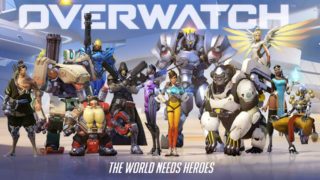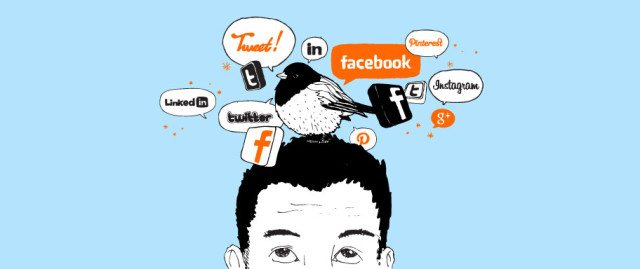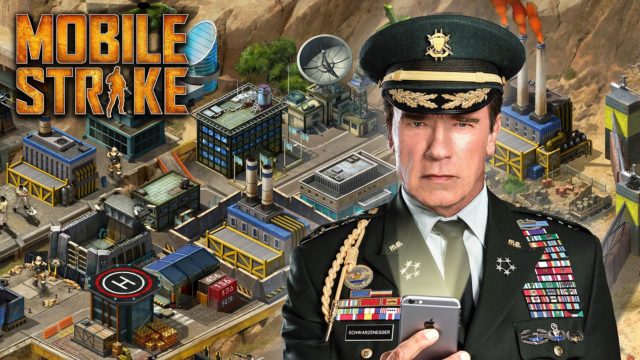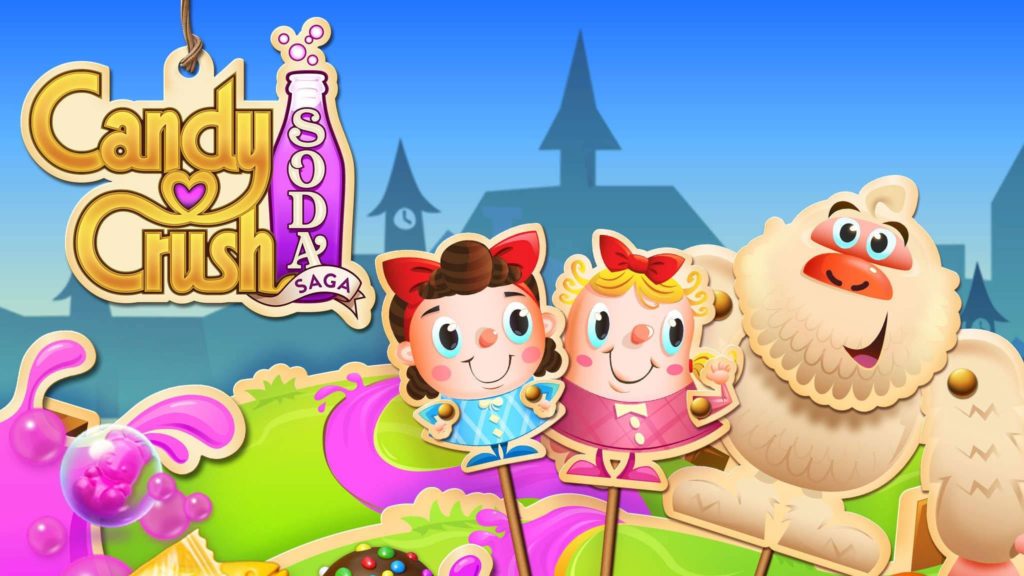While mobile games, at about $36 billion, have become the leading game revenue sector globally, PC games were close behind in 2016 with about $32 billion in revenue. Unlike mobile games, casual games represent only a small part of the total (about $5.2 billion), while massively multiplayer online (MMO) games, which include roleplaying, strategy, action shooters, and multiplayer online battle arenas (MOBAs) provided the bulk of the revenue.
This year saw continued strength in PC gaming, despite an overall slowing in sales for PC hardware and the lack of PC software in retail stores. The market for PC games is mostly digital now, the bulk of which is on Steam, but many other digital distributors are gaining ground, including downloads direct from publishers. Here are some of the hottest PC gaming trends from the past year.
ESports Grow More Powerful
The impact of eSports on the PC game market was felt strongly this year, as major publishers announced new professional eSports initiatives and viewership climbed. Established PC eSports are notching record numbers, and new PC games are doing their best to become eSports. It’s becoming a great way for marketers to reach a significant audience that’s hard to reach through other media or venues.
Activision kicked things off with the acquisition of Major League Gaming, and by hiring the former CEO of ESPN to run it. So far, the effort has brought more Call of Duty eSports and a record-breaking Counter-Strike Major Tournament. Beyond that, Activision Blizzard announced the creation of the Overwatch League, a professional eSports league that builds on the success of Overwatch, during the BlizzCon keynote in November. There are already over 20 million Overwatch players, and a professional league should help to significantly grow that number.
Electronic Arts also used 2016 to launch an eSports division, headed up by veteran Peter Moore. The focus initially is on EA Sports games like Madden NFL, but certainly other EA games like Titanfall or the Battlefield series could lend themselves to eSports. Especially considering how Battlefield 1 was featured at EA Play earlier this year with a live 64-player match featuring celebrities Jamie Foxx and Zack Efron.
Smaller developers like Psyonix are finding great success in eSports with titles like Rocket League. The game has been hugely successful on both PC and consoles, and Psyonix is currently working to implement cross-platform play. Furthermore, the developers partnered with Twitch to form the Rocket League Championship Series earlier this year.
VR And 4K Gaming Arrive
While graphics cards for PCs are always advancing, the jump in 2016 was particularly impressive in both price and performance. Both Nvidia and AMD pushed forward strongly, driven by the graphics-hungry nature of two of gaming’s hottest trends: VR and 4K/UHD gaming. Although top-of-the-line graphics cards are still very pricey, both companies are working to offer more affordable solutions to help drive the growth of VR gaming.
While PC gamers haven’t made a huge switch over to gaming in virtual reality, 2016 was the year where VR really has begun to impact PC games. The rapid advance of graphics cards and monitors was just part of this trend. We’ve also seen top PC game developers begin to create VR games based on popular franchises or include special modes in their games. Bethesda, for instance, is bringing Fallout 4 to VR. Games being designed with VR in mind include CCP’s EVE: Valkyrie (based on EVE Online) and Gunjack. You can bet that every major PC game publisher is at least thinking about VR and how their games can work with it in the future.
The next leap forward in PC gaming graphics really started to take hold in 2016, with 4K/UHD monitors (3840 x 2160 pixels) are now much more affordable; you can get good quality monitors for under $400 now. Sale prices can even be under $300, and prices are going to continue to fall. Combine those with graphics cards that can drive such a display with a good frame rate, and 4K gaming is now affordable to a much wider audience.
The advent of 4K gaming is already affecting the market in interesting ways, especially since 4K TVs are also getting very affordable. Now we’re seeing 4K streaming on YouTube, though Twitch is not yet ready to offer that level of streaming. Developers are beginning to support both 4K and High Dynamic Range (HDR) color in their games, and it’s a massive upgrade in the visual quality of games.
Blizzard Intensifies
 One of the biggest stories of the past few years has been the renewal of Blizzard. The company has an incredible 20-year history, with some of the best-selling PC franchises around, including Starcraft, Warcraft, Diablo and World of Warcraft. But given the incredible success of World of Warcraft, Blizzard went a long time without a big new game, and even longer without a new IP. Meanwhile, World of Warcraft subscribers were leaving, and the game had shrunk to nearly half of its highest point.
One of the biggest stories of the past few years has been the renewal of Blizzard. The company has an incredible 20-year history, with some of the best-selling PC franchises around, including Starcraft, Warcraft, Diablo and World of Warcraft. But given the incredible success of World of Warcraft, Blizzard went a long time without a big new game, and even longer without a new IP. Meanwhile, World of Warcraft subscribers were leaving, and the game had shrunk to nearly half of its highest point.
Then Blizzard began a series of releases that have turned the company from a sleeping giant to the engine that’s pulling Activision Blizzard into new sales highs. Hearthstone, Heroes of the Storm, Overwatch, and the World of Warcraft Legion expansion have all outperformed expectations.
Marketers of PC games have seen another great year for PC games, with old franchises continuing to do well or even get new life with new sequels, expansions, or extensions. New technologies like 4K and VR are expanding the horizons of PC gaming, while eSports and streaming are expanding the audience and marketing opportunities. The future looks even brighter for PC games.
Learn everything you need to know to invest in today’s fastest-growing media channel—Competitive Gaming and eSports on 2.16.17 in Los Angeles. Go to alistsummit.com for more info.

 In discussing how the First Contact team came together, Candler spoke about how he worked with three of its founders on The Walking Dead VR Experience, a fan experience featured at
In discussing how the First Contact team came together, Candler spoke about how he worked with three of its founders on The Walking Dead VR Experience, a fan experience featured at 





